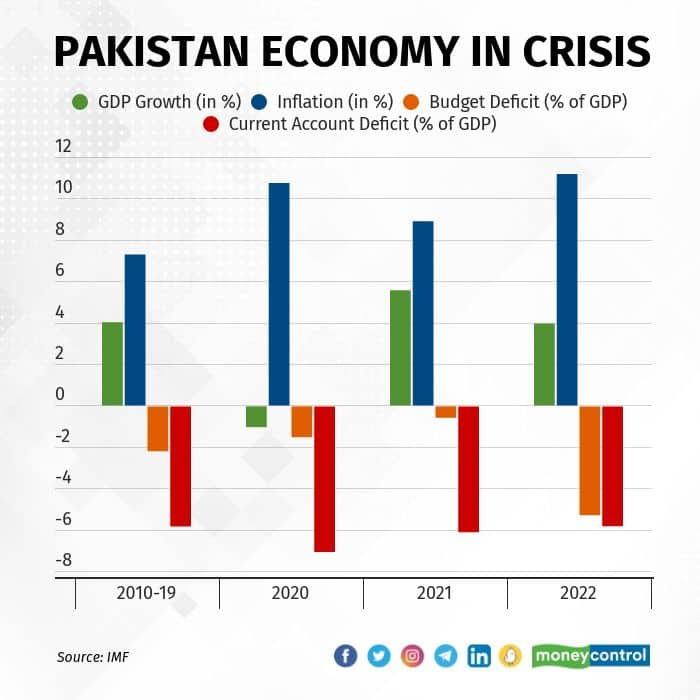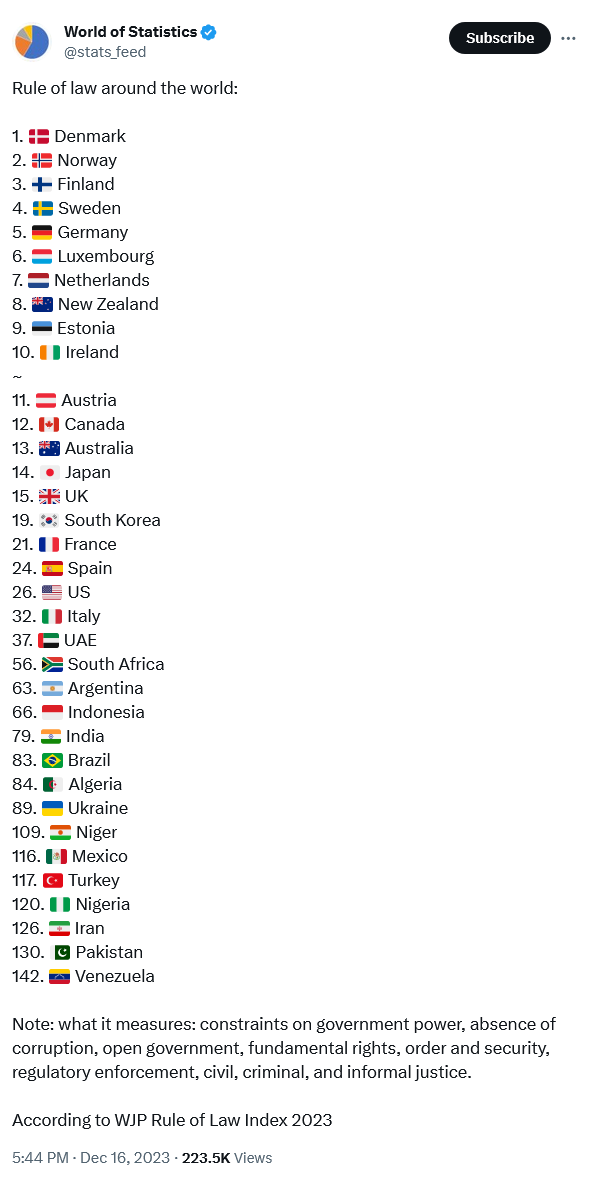Inflation is a general increase in prices and a decrease in the purchasing power of money. It is a major economic problem in Pakistan, and its causes are complex and multifaceted.
Inflation is a major economic problem in Pakistan, and its causes are complex and multifaceted. This article provides a historical overview of inflation in Pakistan, examines the present scenario, and discusses the future outlook. It also identifies the root causes of inflation and suggests some solutions to the problem.
History of Inflation in Pakistan
Inflation has been a problem in Pakistan since its independence in 1947. In the early years, inflation was relatively low, but it began to rise in the 1970s. This was due to a number of factors, including the oil price shocks of the 1970s, the war in Afghanistan, and the influx of Afghan refugees into Pakistan.
In the 1980s, inflation continued to rise, reaching a peak of over 50% in 1984. This was due to a number of factors, including the government's deficit spending, the expansion of the money supply, and the increase in the prices of imported goods.
In the 1990s, inflation began to decline, thanks to a number of reforms implemented by the government. These reforms included reducing the government's deficit, controlling the money supply, and privatizing state-owned enterprises.
However, inflation began to rise again in the early 2000s. This was due to a number of factors, including the global financial crisis of 2008, the floods of 2010, and the ongoing energy crisis.
Present Scenario of Inflation in Pakistan
Inflation in Pakistan has been on a steady rise in recent years. In 2022, the annual inflation rate reached 25%, the highest in nearly five decades. This has been caused by a number of factors, including the global economic slowdown, the ongoing war in Ukraine, and the rising prices of imported goods.
The high rate of inflation has had a devastating impact on the people of Pakistan. It has eroded their purchasing power and made it difficult for them to afford basic necessities such as food, clothing, and shelter.
Causes of Inflation in Pakistan
There are a number of factors that contribute to inflation in Pakistan. These include:
Demand-pull inflation: This occurs when there is too much money chasing too few goods. This can happen when the government prints too much money or when there is a sudden increase in demand for goods and services.
Cost-push inflation: This occurs when the cost of production increases, leading to higher prices for goods and services. This can happen due to factors such as rising wages, higher energy prices, or supply shocks.
Built-in inflation: This occurs when workers demand higher wages to compensate for the loss of purchasing power caused by inflation. This can lead to a vicious cycle of inflation and wage increases.
Impact of Inflation on Pakistan
Inflation has a number of negative consequences for the Pakistani economy. It erodes the purchasing power of consumers, reduces investment, and slows economic growth.
High inflation also makes it difficult for businesses to plan for the future and to make long-term investments. This can lead to job losses and a decline in the standard of living.
Future of Inflation in Pakistan
The future of inflation in Pakistan is uncertain. It will depend on a number of factors, including the global economic outlook, the government's economic policies, and the resolution of the ongoing energy crisis.
If the global economy continues to slow and the prices of imported goods continue to rise, then inflation in Pakistan is likely to remain high. However, if the government is able to implement effective economic policies and resolve the energy crisis, then inflation is likely to decline.
Conclusion
Inflation is a major economic problem in Pakistan. It has a number of negative consequences for the economy and the people of Pakistan. The government must implement effective economic policies to address the root causes of inflation and bring it down to a sustainable level.
Here are some suggestions for the government on how to reduce inflation:
Reduce the government's deficit spending: This will help to reduce the amount of money in circulation and prevent demand-pull inflation.
Control the money supply: The central bank should carefully manage the money supply to ensure that it is growing at a sustainable rate.
Increase productivity: This will help to reduce costs and prevent cost-push inflation.
Reduce import dependence: Pakistan needs to reduce its reliance on imported goods. This can be done by promoting domestic production and exports.
Improve infrastructure: This will help to reduce the costs of transportation and distribution.
Educate the public about inflation: The government should educate the public about the causes and consequences of inflation. This will help people to make informed decisions about their spending and savings.
Reducing inflation is a complex challenge, but it is essential for the long-term economic prosperity of Pakistan. The government must work with the private sector and civil society to develop and implement effective policies to address the root causes of inflation.













